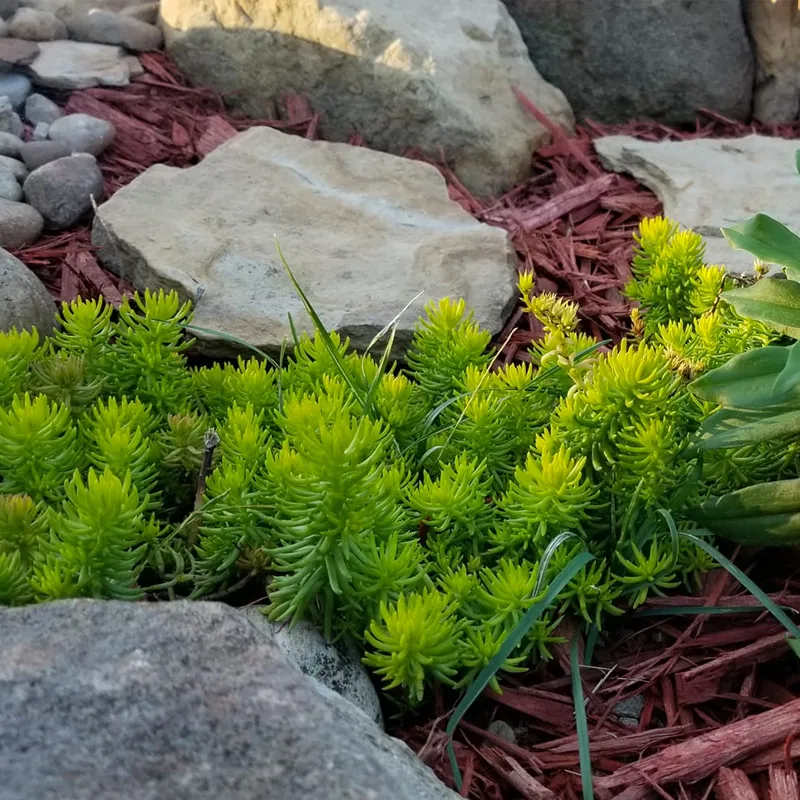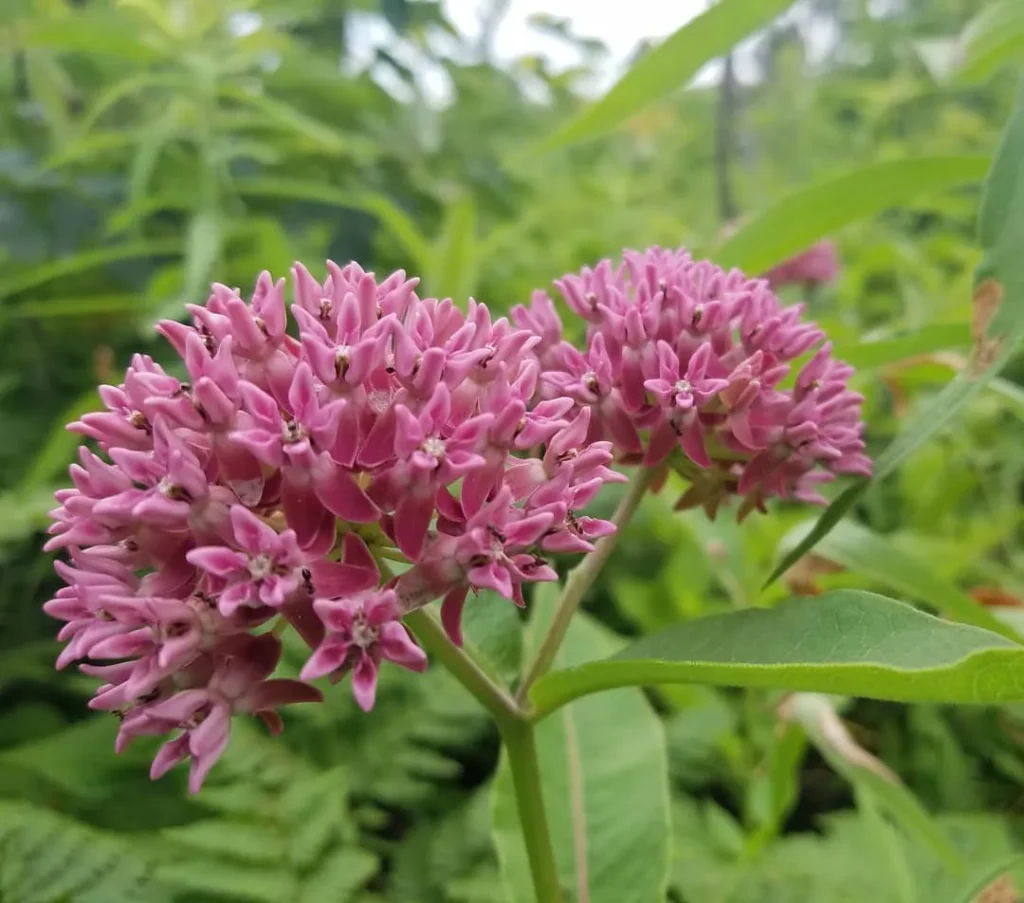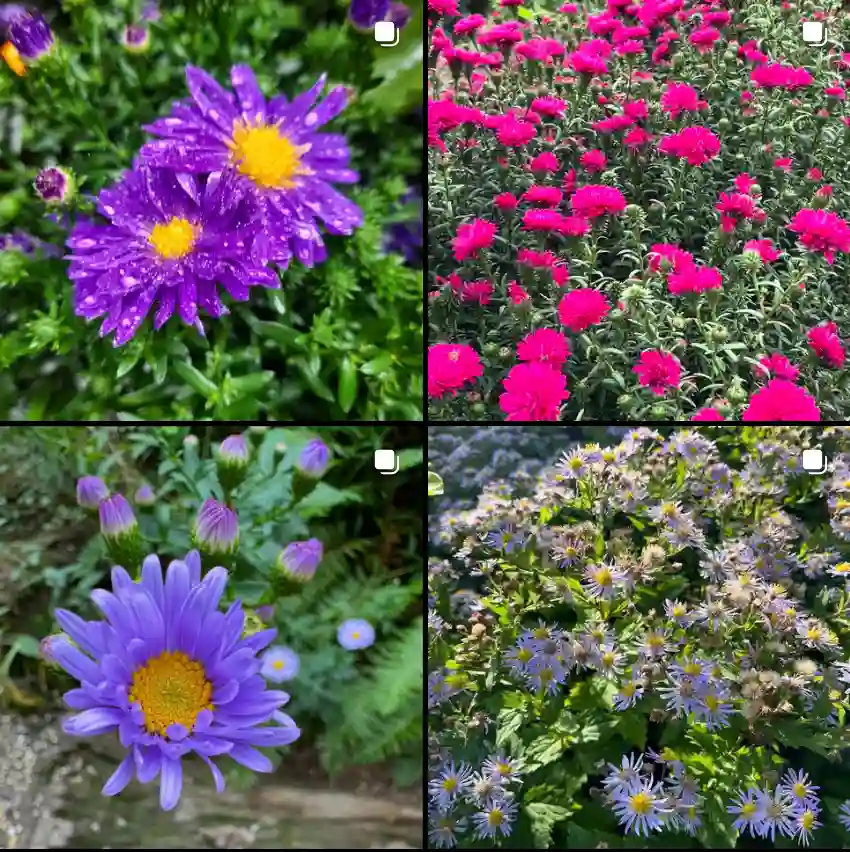
Frequently Asked Questions About Calliandra Eriophylla
Calliandra Eriophylla, also known as Fairy Duster, is a charming plant with delicate, pinkish-red flowers that resemble tiny dusters. This drought-tolerant shrub is a favorite of mine, especially for desert gardens. Below, I’ve compiled some frequently asked questions and tips on how to plant, care for, and enjoy this beautiful native plant.
151 Species in Genus Calliandra
How Often Do You Water Calliandra Eriophylla?
Watering Calliandra Eriophylla depends on the stage of growth and environment. In the early stages, when you first plant it, I recommend watering it every 3-4 days for the first couple of weeks to help it establish. After that, you can reduce watering to once a week. Once it’s fully established, it’s incredibly drought-tolerant and can thrive with minimal water. In fact, I often go weeks without watering it during the cooler months. During hot summers, I’ll water it once every 10 days or so, but always check the soil first. If it feels dry two inches down, that’s a sign to give it a drink.
How to Plant Calliandra Eriophylla?
Planting Calliandra Eriophylla is straightforward, but it helps to follow a few guidelines. First, choose a well-draining soil. This plant doesn’t like soggy roots, so if your soil is heavy, consider amending it with sand or gravel. Dig a hole twice the width of the root ball and place the plant in the hole so the top of the root ball is level with the ground. Backfill the hole with the amended soil and water thoroughly to settle it in. Planting in spring or fall is ideal, as extreme summer heat can stress newly planted shrubs.
Where to Buy Calliandra Eriophylla?
Finding Calliandra Eriophylla isn’t too difficult, especially if you live in arid or desert regions. I’ve had success purchasing mine from native plant nurseries that specialize in drought-tolerant or desert-adapted species. Many online plant retailers also carry it, but be sure to choose a reputable source to ensure the plant arrives in good condition. You can also check with local botanical gardens, as they sometimes have plant sales featuring native species.
What Are the Benefits of Calliandra Eriophylla?
Calliandra Eriophylla is not only visually appealing but also beneficial to the environment. Its flowers attract a wide variety of pollinators, including bees, butterflies, and even hummingbirds. I love watching the wildlife activity around this plant, especially in the early morning when the garden is alive with buzzing and fluttering. The plant’s drought tolerance makes it perfect for xeriscaping, helping conserve water in arid regions. Additionally, since it’s a native plant, it helps support the local ecosystem, providing habitat and food for native species.
How to Care for Calliandra Eriophylla?
Calliandra Eriophylla is relatively low-maintenance, making it an excellent choice for gardeners who don’t want to spend too much time on care. Once established, it requires little attention beyond occasional pruning to shape the plant and remove dead or damaged branches. I prune mine after it finishes blooming in late spring or early summer, which encourages fuller growth. As mentioned earlier, watering is minimal, and fertilizing is unnecessary unless you have particularly poor soil. Even then, a light application of a balanced fertilizer in spring is enough.
Can You Grow Calliandra Eriophylla Indoors?
Growing Calliandra Eriophylla indoors is challenging because it requires full sun and thrives in outdoor, desert-like conditions. It’s better suited for outdoor landscapes where it can receive plenty of sunlight and proper airflow. However, if you have a sunny indoor space with excellent drainage and can mimic its natural environment, you might have some success, but don’t expect it to flower as abundantly as it would outside.
How to Propagate Calliandra Eriophylla?
If you want to propagate Calliandra Eriophylla, there are a couple of methods you can try. The most common way is through seeds, which germinate well in warm conditions. I’ve had luck planting seeds in a well-draining soil mix and keeping them in a warm, sunny location. It usually takes about two to three weeks for the seeds to sprout. You can also propagate it through cuttings, though this method can be a bit trickier. I recommend taking softwood cuttings in late spring or early summer and rooting them in a well-draining mix, keeping the soil lightly moist until they develop roots.
Is Calliandra Eriophylla Toxic?
One question that often comes up is whether Calliandra Eriophylla is toxic. Fortunately, this plant is non-toxic to humans and pets, making it a safe choice for households with animals or children. I can comfortably plant it in areas where my pets roam without worrying about them nibbling on it. Still, like with any plant, it’s always a good idea to discourage pets from chewing on garden plants.
What Are Common Problems with Calliandra Eriophylla?
Calliandra Eriophylla is quite resilient, but it can face a few issues. The most common problem I’ve encountered is root rot, which happens if the plant is overwatered or planted in poorly draining soil. To avoid this, always ensure the soil drains well, and be cautious with watering. I also keep an eye out for aphids and spider mites, particularly during the growing season. These pests can be managed by spraying the plant with a strong jet of water or using insecticidal soap.
Can Calliandra Eriophylla Be Confused with Similar Plants?
Calliandra Eriophylla is sometimes confused with other members of the Calliandra genus, particularly Calliandra Californica, which has similar flowers but grows larger and has darker red blooms. If you’re looking for a more compact, fine-textured shrub, Eriophylla is the better option, especially for smaller spaces or rock gardens.
In summary, Calliandra Eriophylla is a hardy, beautiful, and wildlife-friendly plant that adds a splash of color to any garden. With minimal care requirements and excellent drought tolerance, it’s one of my top choices for sustainable landscaping in dry climates.
If i die, water my plants!



